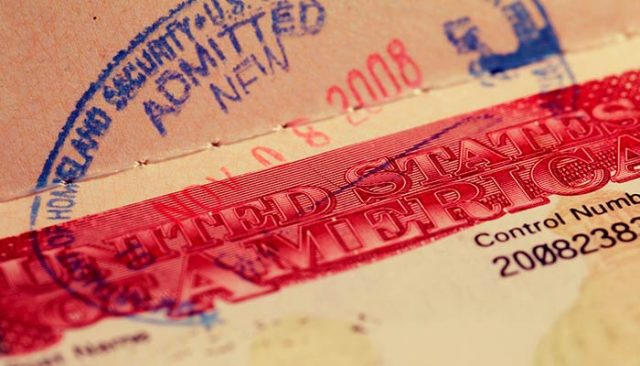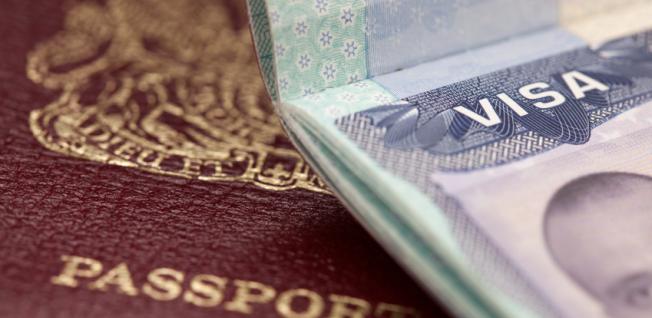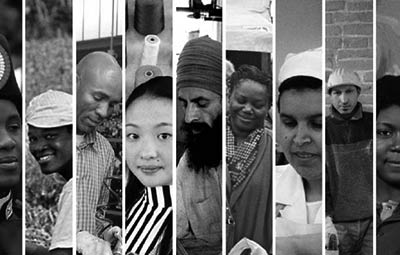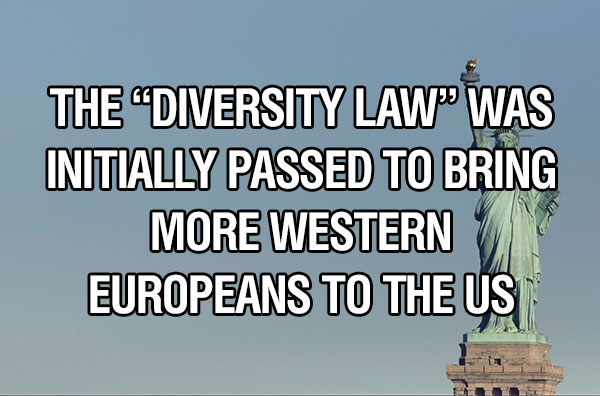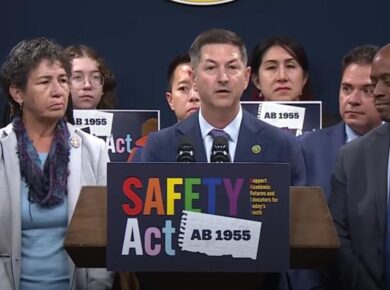For the purpose of employment, visas may be divided into two general categories: those that permit employment and those that do not. Temporary work visas, i.e., those that offer a limited stay in this country for work purposes, are of various types and apply to various professions. Some may be pursued by the foreign employee him- or herself, while others are obtained by the employer through a petition on behalf of the employee.
Congress created immigration laws with certain principles in mind. One of these fundamental principles is that foreigners in the work force don’t displace american workers and that the use of foreign workers does not promote a decrease in wages or a deterioration of working conditions. The processing of the visa is normally more rapid in the case of extremely specialized workers than in case of those with less education and skills.
Work Visas and requirements
The visa that is most commonly associated with a temporary work visa is the visa type: “H”, which has several classifications:
- The H-1A visa applies to nurses certificates and responds to a shortage of staff in this field.
- The H-1B visa covers the occupations of specialty, sometimes called occupations “professionals”. To qualify for an H-1B visa, an alien must have highly specialised knowledge. A basic requirement for this visa is to show a university degree or the equivalent of 4 years of university education. In addition to the qualifications of the foreigner, the position itself must require a bachelor’s degree. In other words, analysis is bilateral, the alien must have extremely specialized knowledge and the position must require the application of such knowledge.
- The H-2 visa applies to jobs in the agriculture sector and other areas in which there are not sufficient U.S. workers.
All H visas require an offer of employment by a U.S. employer, and proof that the wage to be paid is compared with the other positions in that occupation. In addition to these requirements, the H-2 visa requires evidence (for the part of the employer) that there was no qualified american workers available and willing to fill the position.
“H” Visa Limitations and Potential Problems
Temporary visas of class H are subject to a limit of vacancies, imposed by the Congress. This means that getting a visa does not guarantee immediate admission to the country. If you reach the annual limit, it may be that an alien may have to wait until later to be eligible to enter, even having been granted the visa. In addition, the different classes of H have different processing times; the U. S. Citizenship and Immigration Services (USCIS) will process faster an H-1B visa to an H-2B visa. The visas of class H can be extended; the visas H-1 can be extended up to stay a total of no more than six years, while the visas H-2 can be extended to a maximum stay of three years.
A fast-paced economy at which employees change jobs frequently and whole companies are bought and sold can also create problems for the holders of H-1B visas. The visa is specific to the employer and grants the alien permission to perform a particular job for a particular employer. If the alien wishes to change jobs, the new employer must obtain a new H-1B visa, which covers the employee. The employee may not simply give up the first job and accept the second. If the employer for which you work overseas, sells company or merges with another, it may be necessary to submit a new request or a change in the current.
Employer’s Obligations: Department of Labor
An employer must file a petition with the Labor Department to obtain a labor certification before a foreign citizen can apply for a temporary work visa. The employer must demonstrate that no U.S. workers are available to fill the position, and that the wages and working conditions meet regional standards. Usually, it is the individual employers who have presented this petition. An exception is made for associations of agricultural producers, which have allowed us to present the petition as joint employers. There are annual limits for some types of temporary work visas.
Other Types of Temporary Work Visas
There are many other visas that allow foreign nationals to work temporarily in the United States:
- The L-1 visa applies to persons that are transferred within the same company, specifically, employees of a foreign company who come to work in the headquarters office of the United States of such company. One of the typical circumstances in which an L-1 visa is appropriate is when an executive, a manager or an employee with specialized knowledge coming from headquarters to assist with operations in the office of the United States.
- The O visas, P and R will also allow you to work temporary in the United States. The O visa applies to foreign nationals with skills that are rare in the field of arts, science, sports, business, and education, and who have received national or international recognition in their field. The P visa applies to athletes, sports teams, and entertainment groups outstanding with an international recognition, and continuous, like a leading football team. The R visa covers religious workers who come to the United States to work for a subsidiary of the foreign religion.
Legal assistance with temporary work visas
Temporary work visas serve important purposes, since they allow foreign nationals with skills and valuable knowledge to come to the United States to work, to act, to entertain and to teach. Granting of these visas is dependent on multiple parties complying with several requirements. Because the procedures and documentation required to obtain a visa can be complicated and exhausting, the assistance of an experienced immigration lawyer can help simplify the process and ensure that approval of the visa.
